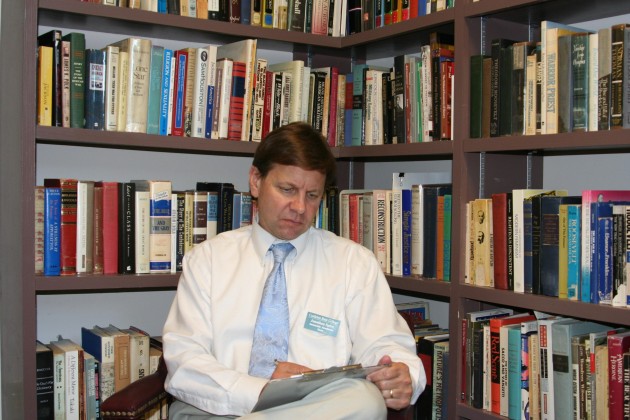Club offers star-gazing parties
Castleton State College recently announced it will be hosting on campus parties occasionally throughout the semester. The astronomy club, which is a part of The Green Mountain Alliance of Amateur Astronomers, will frequently be holding star parties in which they will open the school’s observatory on specified Friday nights to allow students and residents to come observe the night sky.
“This is the first year we are making a bigger effort to get students to come out,” said Castleton physics professor Catherine Garland, who also touted the club’s new Facebook page that will be used for posting astronomy facts and informing students of upcoming events.
The hosting of star parties and opening of the observatory is not a new concept to the Castleton Campus, although it has had limited success in the past.
“Every single one got clouded out last year,” she said, adding that the club is still hopeful that this year will bring better conditions for stargazing.
The observatory is home to an antique telescope that is one of 50 that were produced in the 1960’s and the only one still in operation. It may be modestly covered with a Volkswagen Beatle car cover but the GMAAA founder, Ron Lewis, calls the scope a “hidden gem in the hills of Vermont.”
Lewis and Garland explained that the telescope had been completely abandoned, but with the help of Castleton State College’s President Dave Wolk and antique telescope restoration professionals, the club was able to dust off the cobwebs and repair it for optimal viewing.
Today, the telescope is mounted on an equatorial mount that is powered by a mechanical clock-drive which adjusts to the rotation of the Earth to keep images in focus. According to Garland, one can expect to see everything from star clusters to planets on a given night with the repaired scope.
“Last year we were able to see Jupiter, Venus, Mars, and Saturn in one night,” she said.
Lewis plans to further improve the telescope by constructing a solar filter that will fit on the end of the scope and allow them to view the sun. He describes what they hope to observe as, “a roiling sea of moving matter.”
In addition to the telescope the observatory itself has undergone renovations. “The observatory now operates completely on a newly-installed renewable solar energy system,” Lewis said.
Massive solar panels store energy in banks of car batteries that rotate the roof and power the observatory.
Garland and club members thanked the school for its support and called the opening of the observatory “a real campus effort.”







